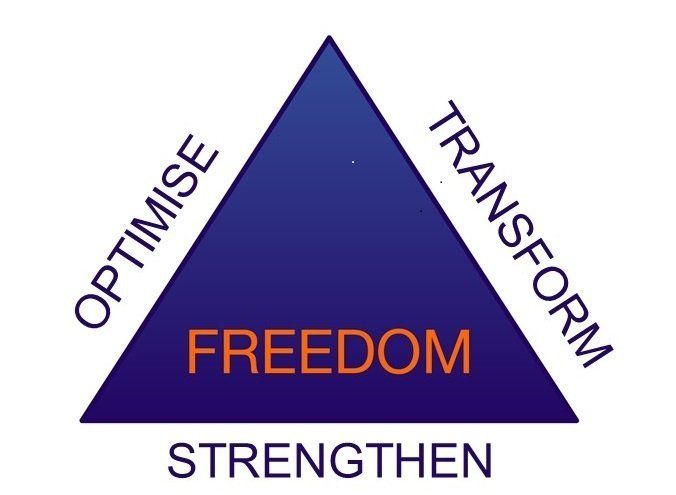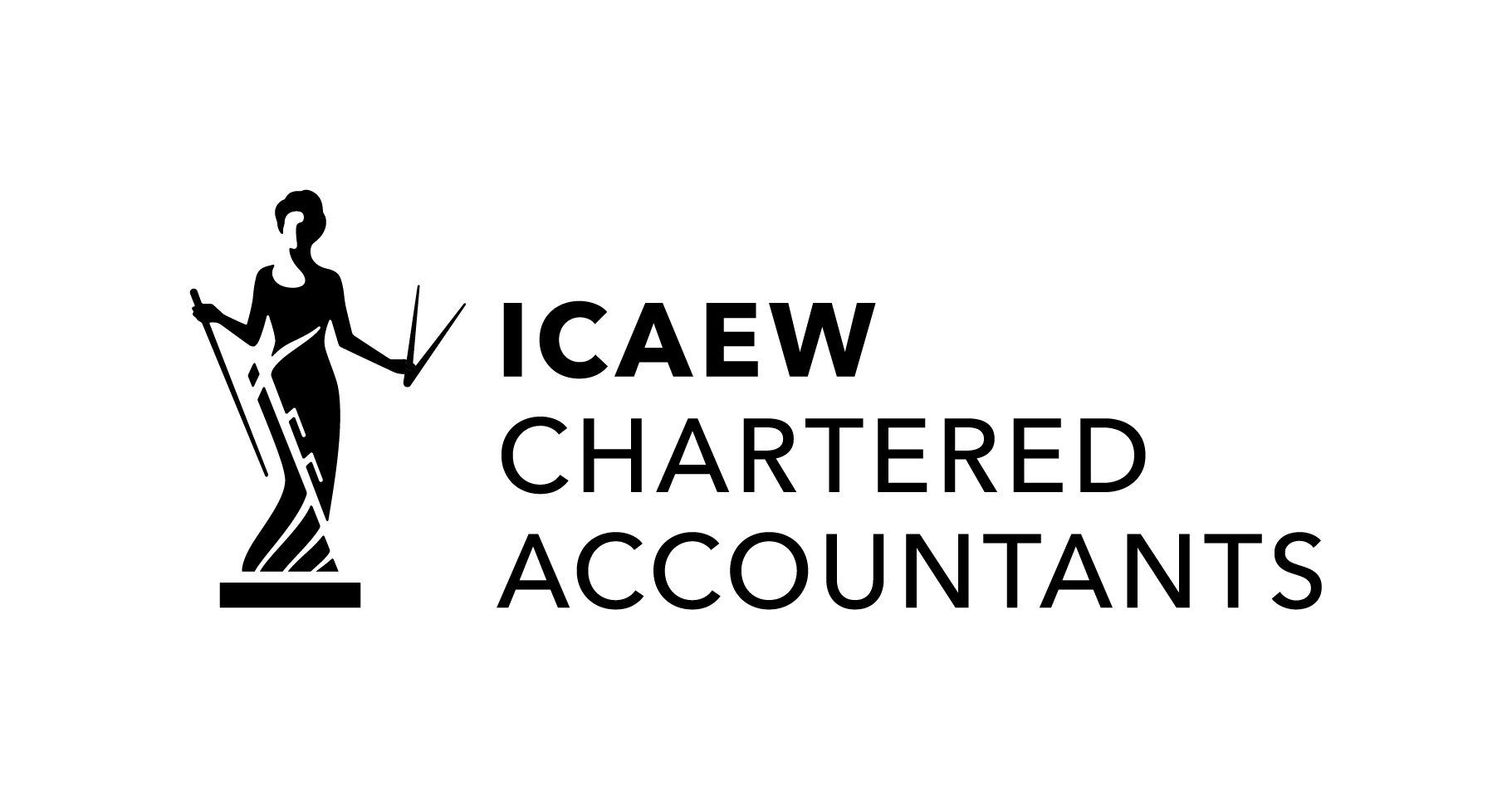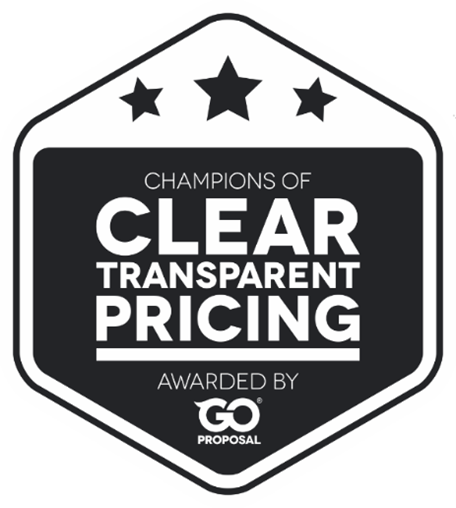Blog
A quick guide to Climate Change and associated terms
An introduction to climate change an its relevance to your business
Just like Wood & Disney, your business may have begun its own journey to carbon neutrality or you may be thinking about how to start making the right changes. From the beginning, you’ll be struck by a wide range of technical terms which you may not have previously heard of, or aren’t fully aware of their meaning.
In this blog, I’ve gone through some technical terms related to climate change and defined them with reference to definitions provided by the Intergovernmental Panel on Climate Change (IPCC). For instance, its likely you have heard the terms ‘carbon neutrality’ and ‘zero carbon’, especially in light of COP26, but are you aware of the difference between them?
Climate Change
The IPCC refers to climate change as “a change in the state of the climate that can be identified by changes in the mean and/or the variability of its properties and that persists for an extended period, typically decades or longer. Climate change may be due to natural internal processes or external forcings such as modulations of the solar cycles, volcanic eruptions and persistent anthropogenic changes in the composition of the atmosphere or in land use”.
Climate change has only become a bigger problem over the last few years and despite the action being taken, more needs to be done by everyone. When determining what can be done under the effects of climate change, the terms ‘adaptation’ and ‘mitigation’ are often used. These are described below.
Adaptation
The IPCC refers to adaptation as the “process of adjustment to actual or expected climate and its effects, in order to moderate harm or exploit beneficial opportunities”. This involves making alterations to your daily life to facilitate the impacts associated with climate change.
Around the world, countries have made significant changes to adapt under increasing climatic changes. For example, many countries have constructed sea walls to protect urban areas from sea level rise and/or flooding, including the UK. As the severity of climate change increases in the years to come, more adaptation strategies will be required. For smaller UK businesses, adapting to climate change will largely depend on your company and right now may not be significant. However, you can still act against climate change through
mitigation.
Mitigation
The IPCC refers to mitigation as a “human intervention to reduce emissions or enhance the sinks of greenhouse gases”. This simply means making small changes to be more environmentally friendly.
As a business, you may have already begun to make small changes to mitigate the effects of climate change. Mitigation techniques include use of renewable energy (such as solar and wind power); planting trees to offset your emissions and increase carbon sequestration; switching to virtual and paperless offices to discourage deforestation; encourage ride sharing, public transport and cycling to work; encouraging recycling, and more. Even the smallest changes are a step towards mitigating climate change.
Tipping Point
As defined by the IPCC, the tipping point is “a level of change in system properties beyond which a system reorganises, often abruptly, and does not return to the initial state even if the drivers of the change are abated. For the climate system, it refers to a critical threshold when global or regional climate changes from one stable state to another stable state.” To translate, the tipping point is the point of no return where the effects of climate change are too severe for us to mitigate and reverse.
It is crucial we all take responsibility in mitigating the effects of climate change and avoid reaching this point. As a business, you may have already made significant changes to your company to become sustainable but there is always more that can be done. Wood & Disney are one of these companies and, as described in my previous post, are aiming to become a ‘carbon neutral’ company.
Carbon Neutrality and Net Zero
Many organisations define ‘carbon neutral’ and ‘net zero’ with the same meaning. According to the IPCC, “Net zero carbon dioxide (CO2) emissions are achieved when anthropogenic CO2 emissions are balanced globally by anthropogenic CO2 removals over a specified period.” In the IPCCs definition, net zero CO2 emissions are also referred to as carbon neutrality.
Broken down, this simply means no net carbon dioxide should be released into the air, and any quantity that is should be offset by taking out the same amount. So which of these terms should be used? Whilst both have very similar meanings, they can also be simply distinguished as followed:
- ‘Carbon neutral’ involves achieving a state of zero carbon dioxide emissions (alike the IPCCs definition).
- ‘Net zero’ involves producing zero carbon dioxide emissions.
Wood & Disney have made many positive changes within their company on their path to carbon neutrality. Just recently, they’ve offset their carbon emissions over the last 12 months through planting 144 trees.
It is crucial that all businesses take action and work on achieving carbon neutrality for their own company. Together, tackling global climate change is possible.
Discover more about Wood and Disney's environmental commitments
On our dedicated web page:
Or you could take a look at our blogs on the environment and your business:
- Is it really greener to work from home?
- Environmental standards and certification for small business



















